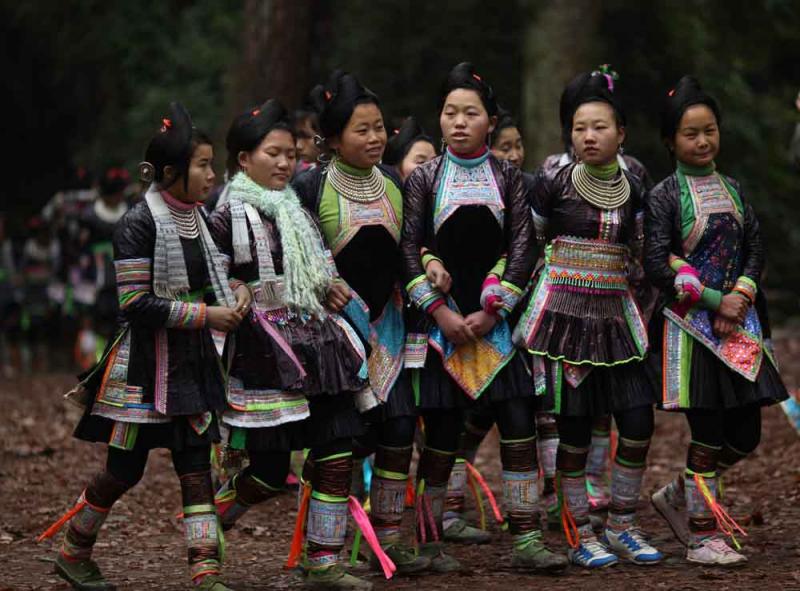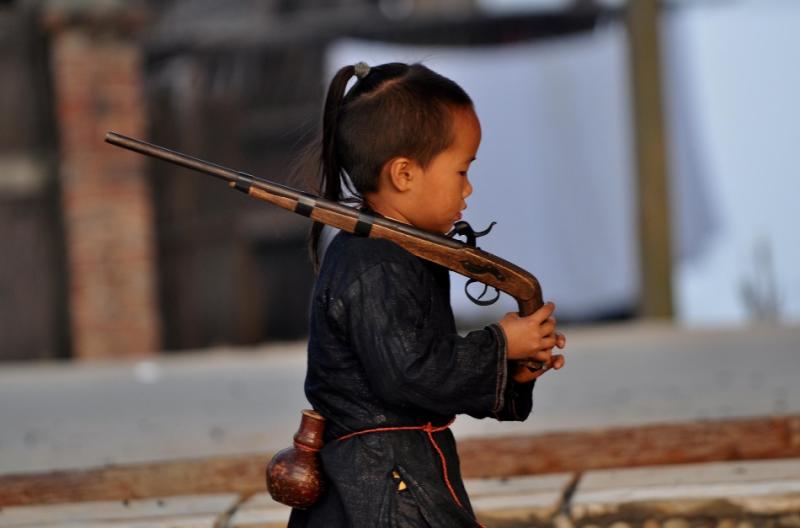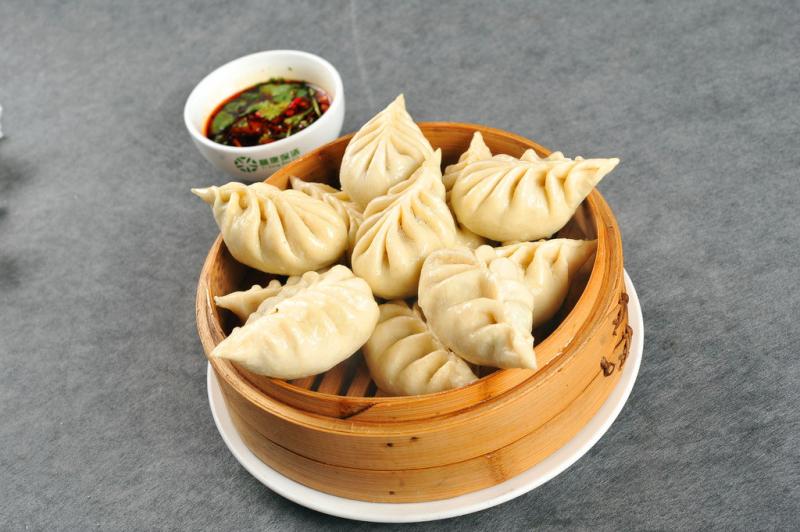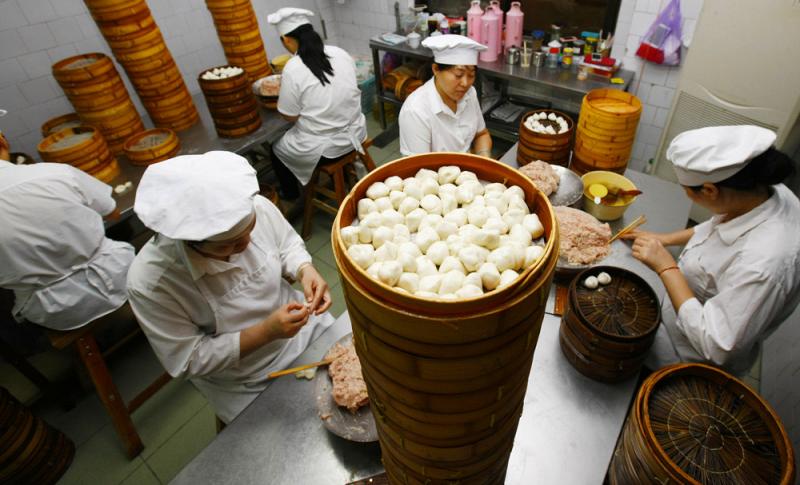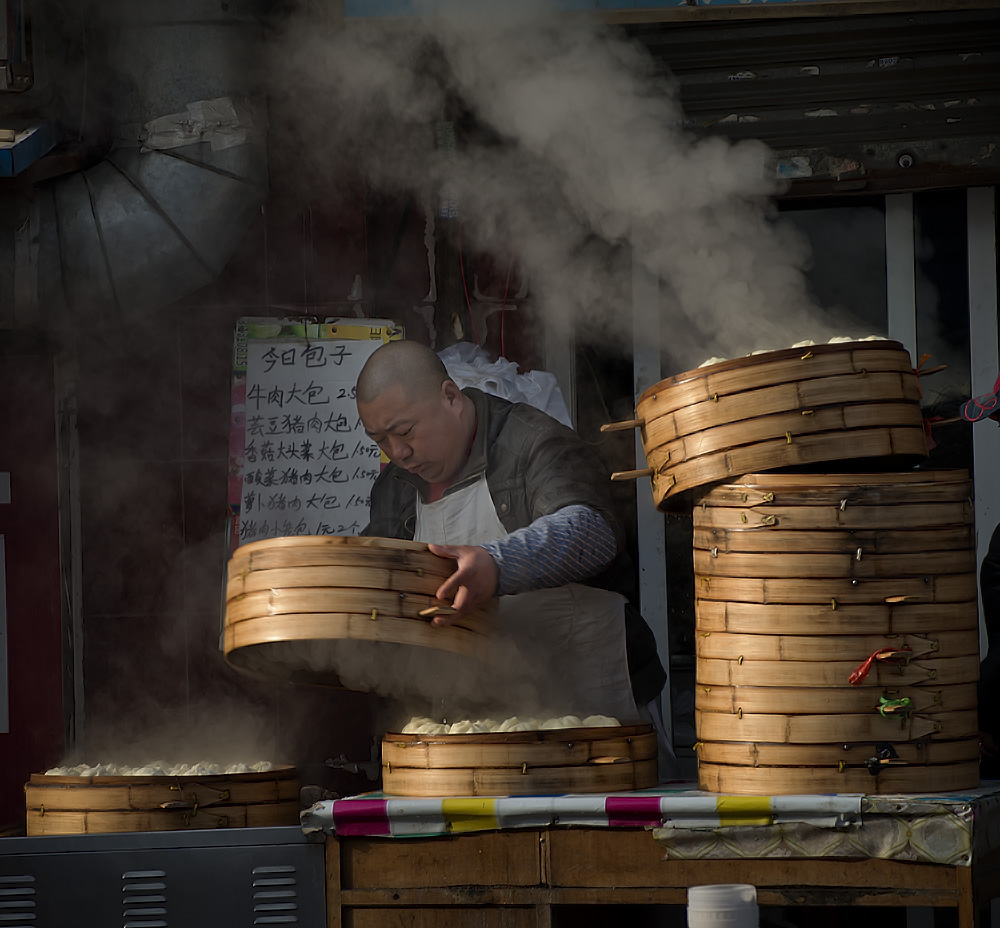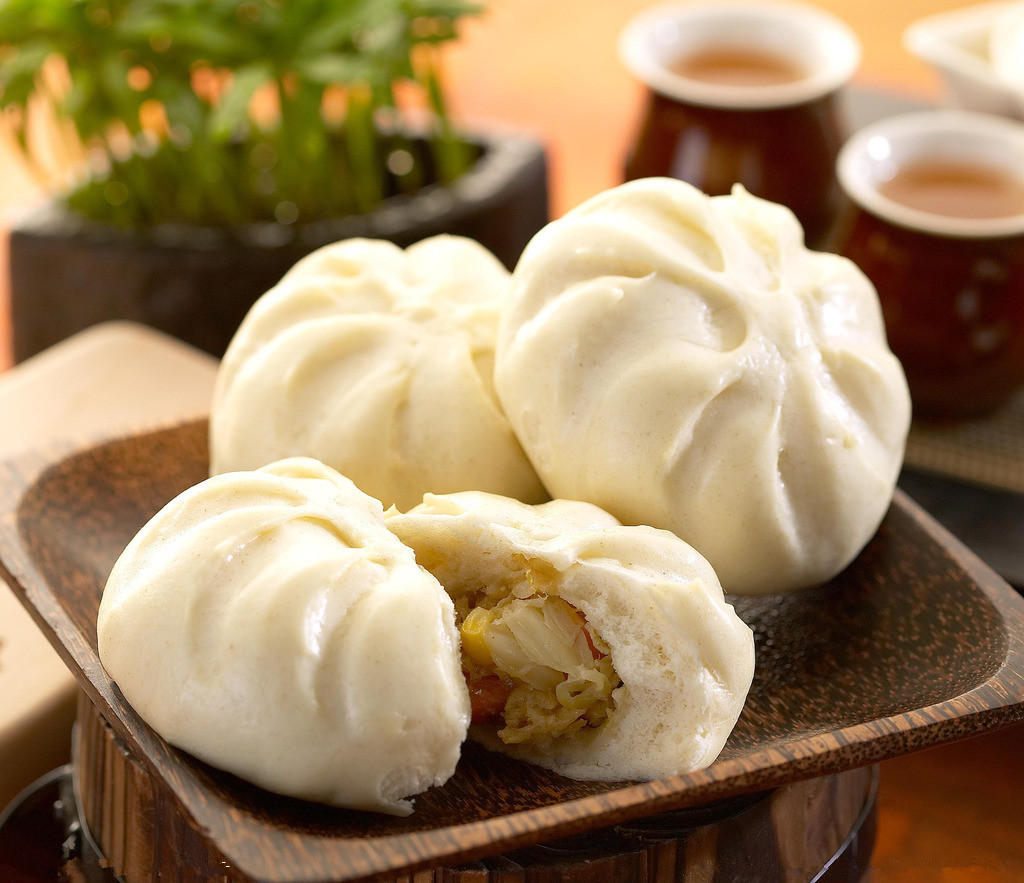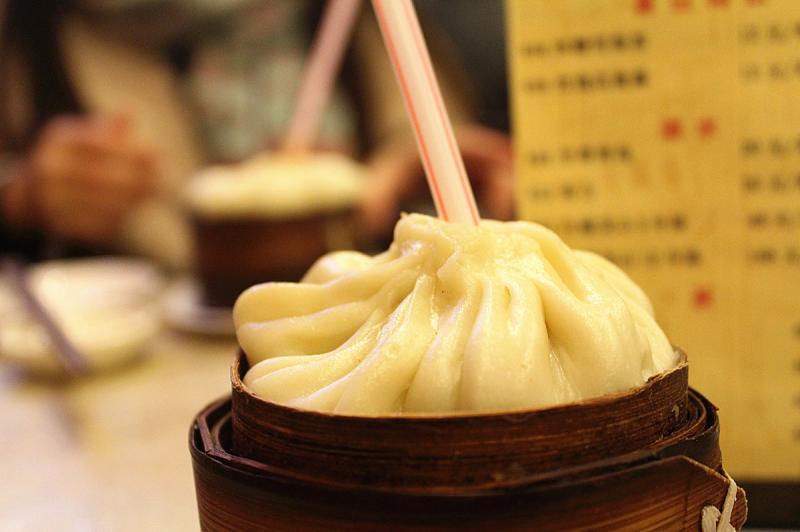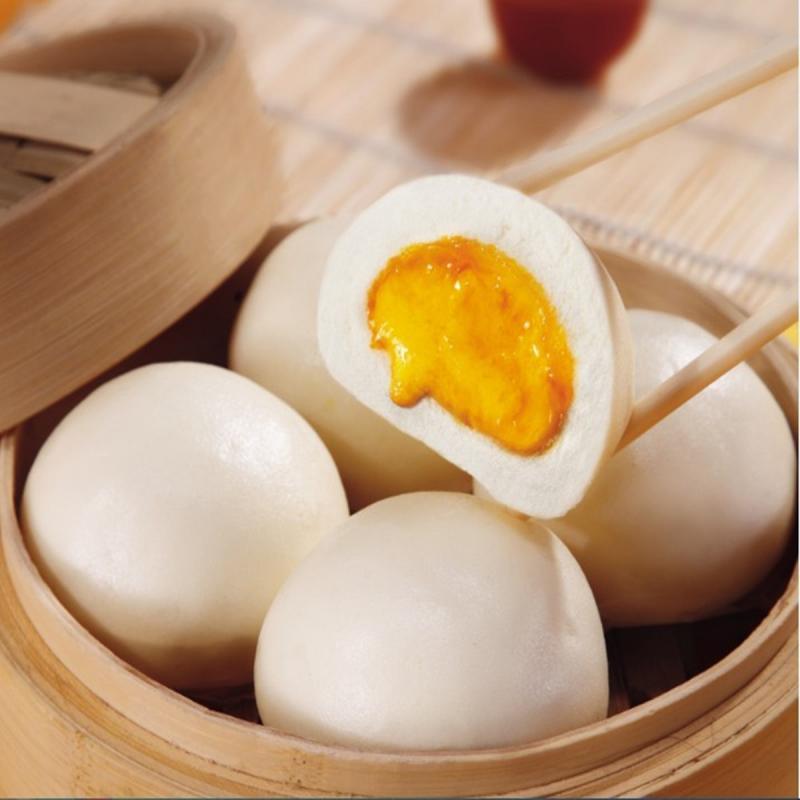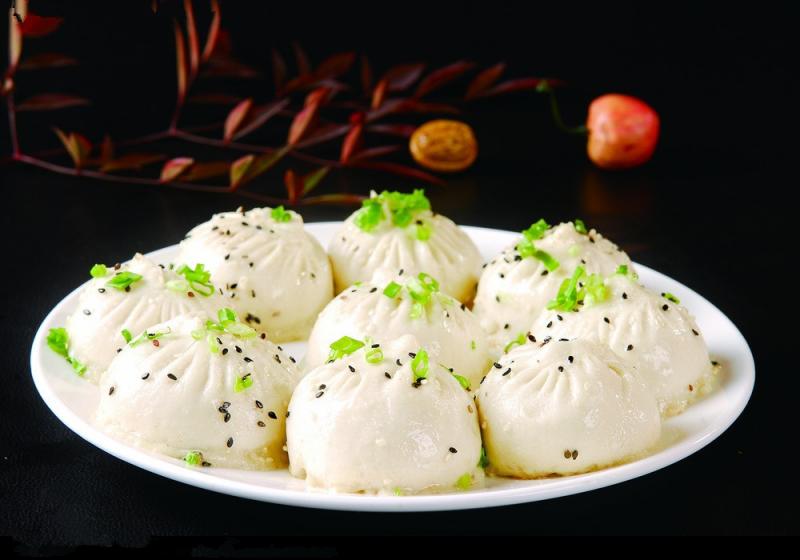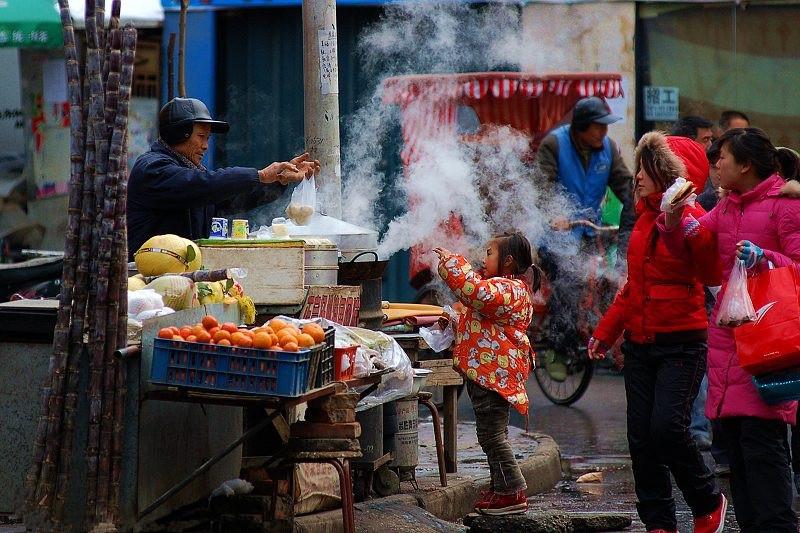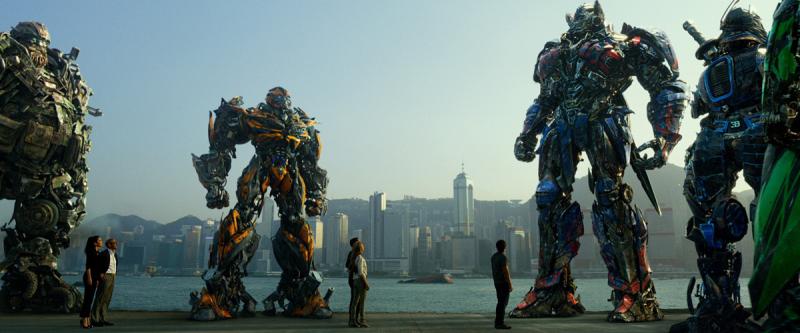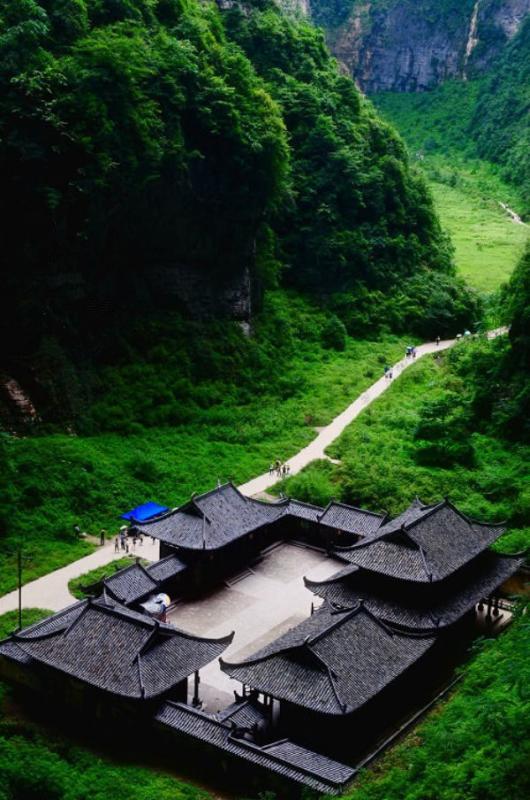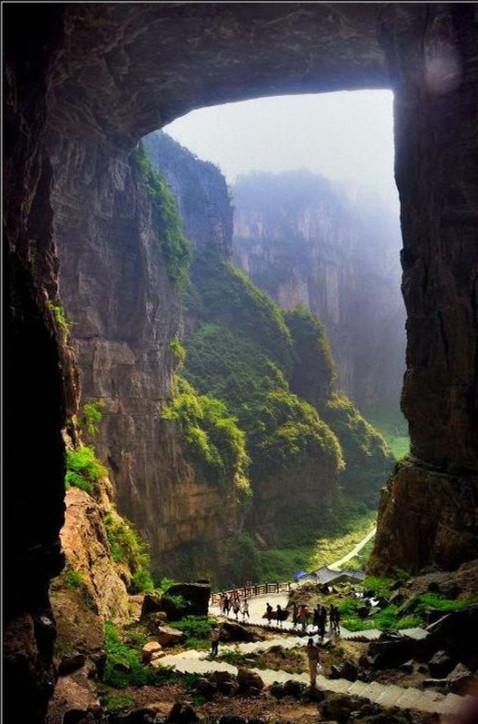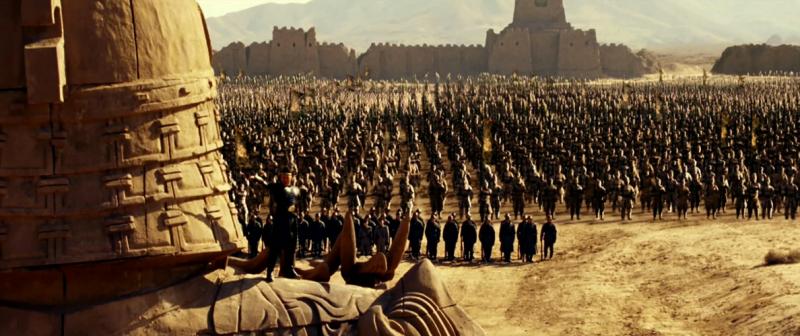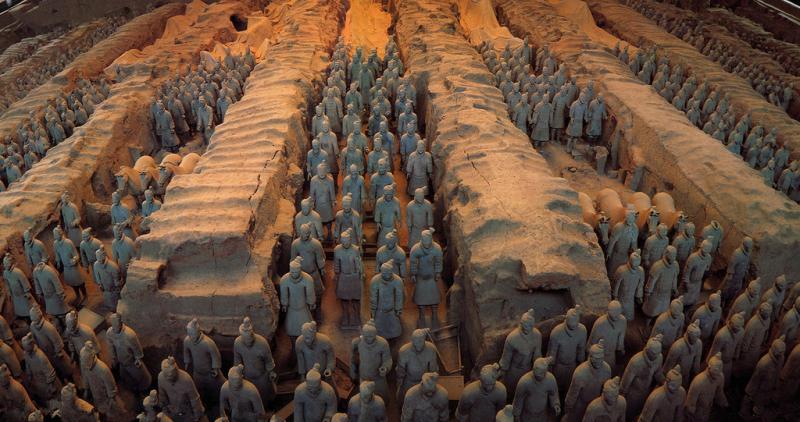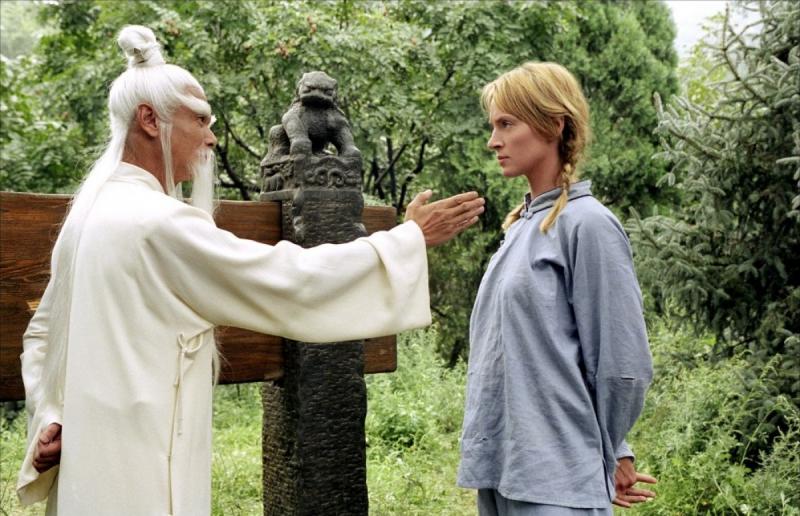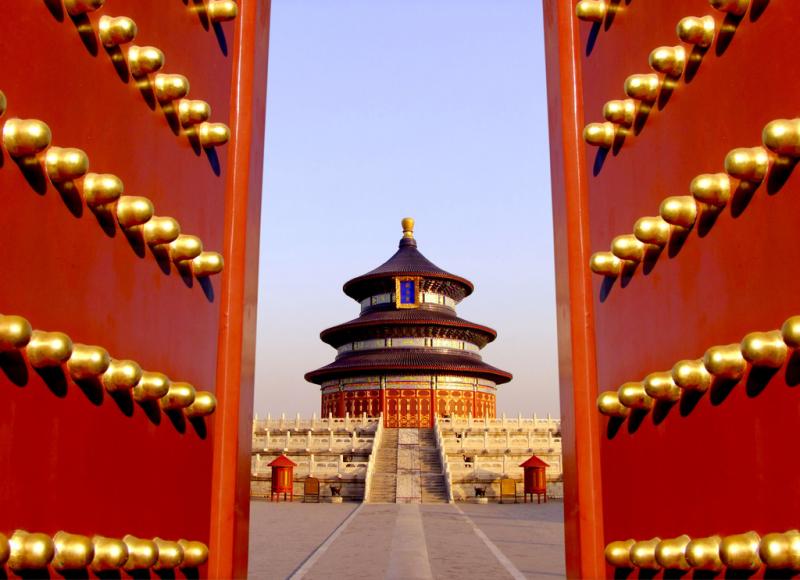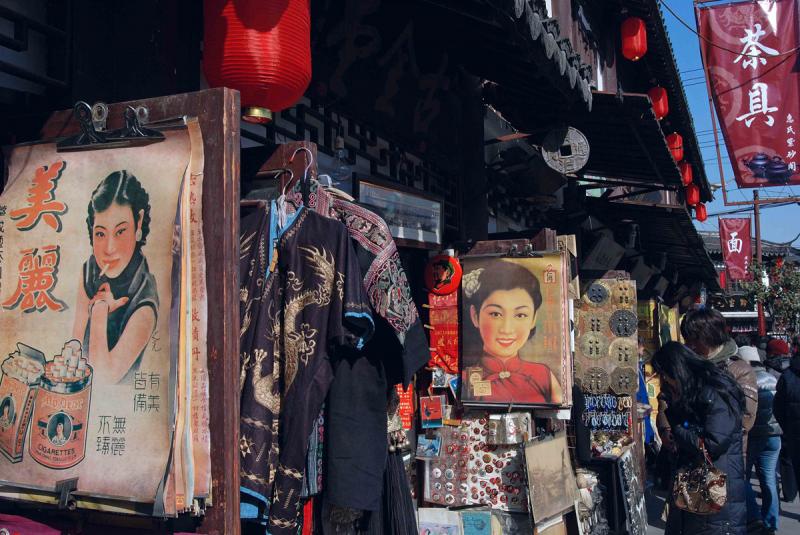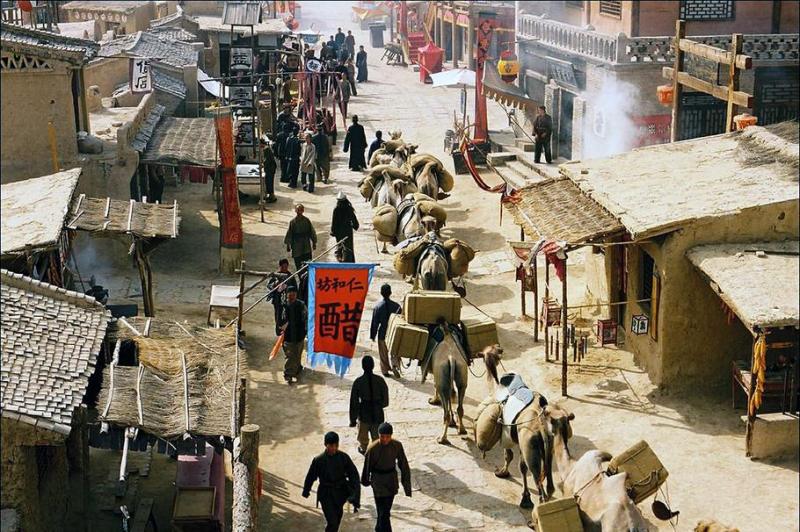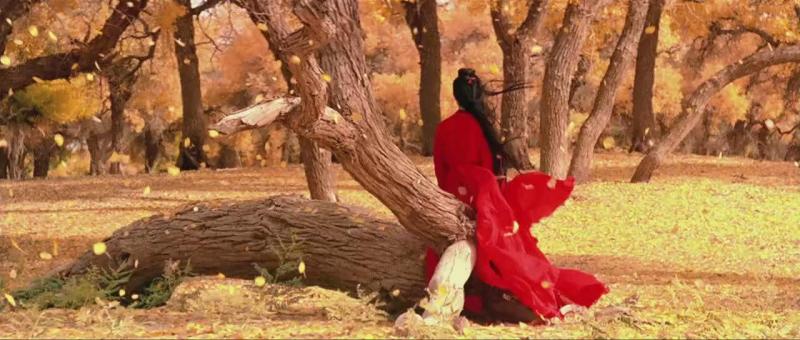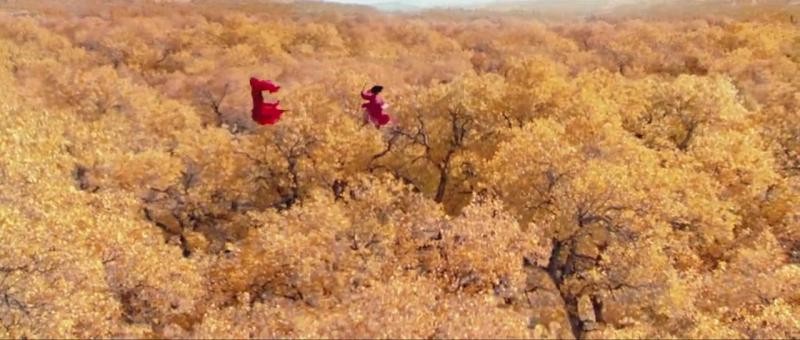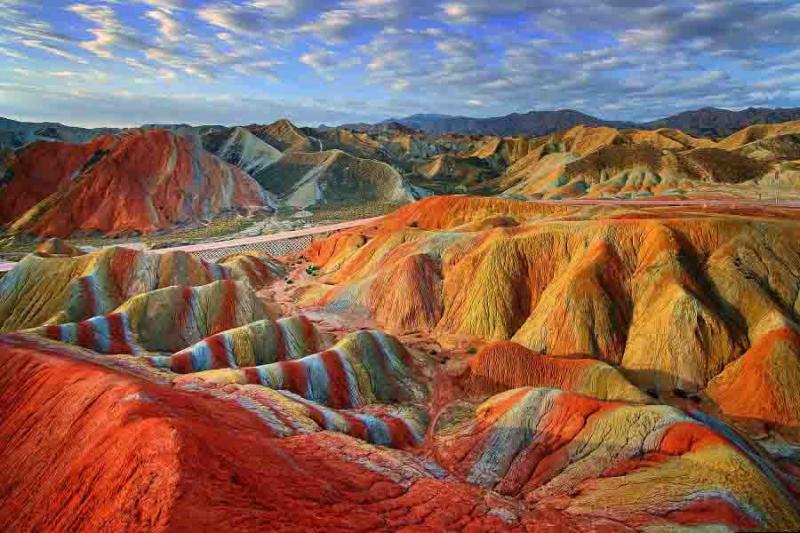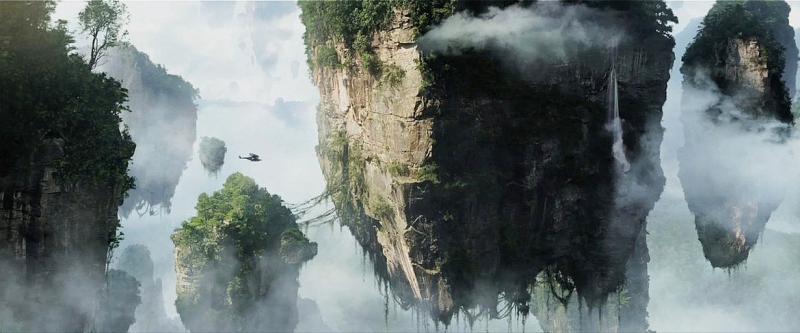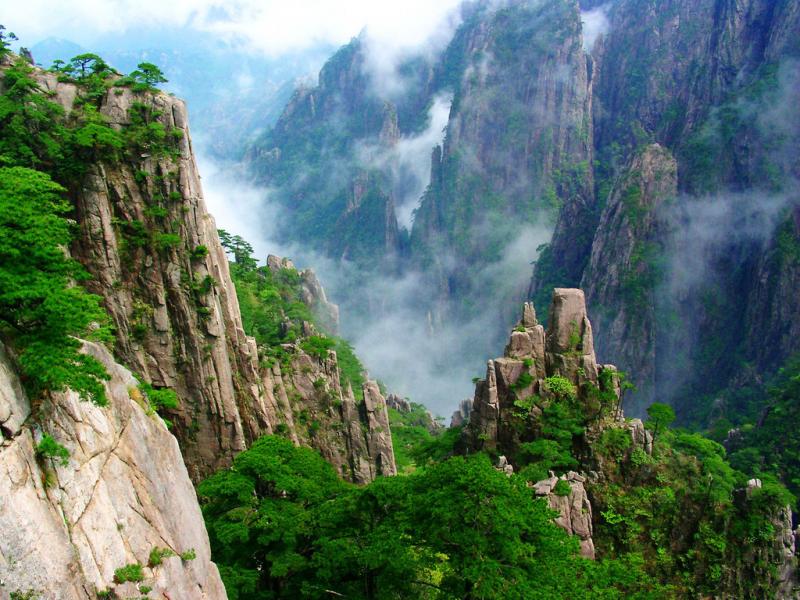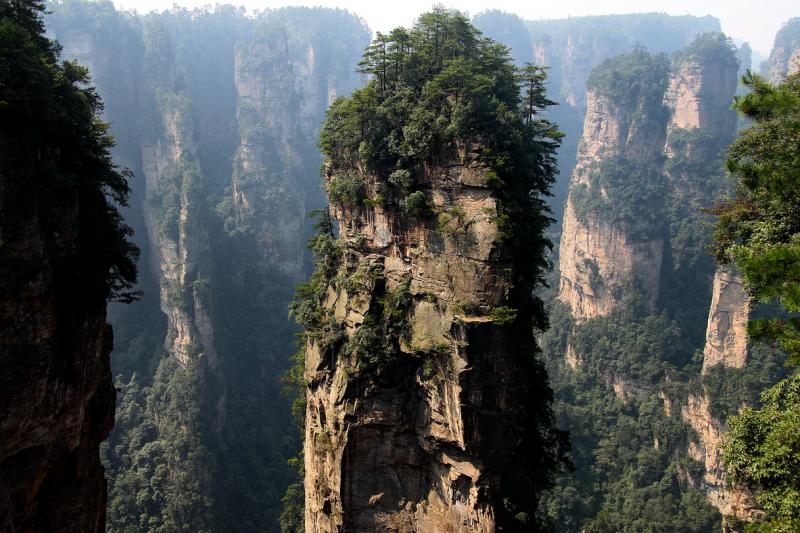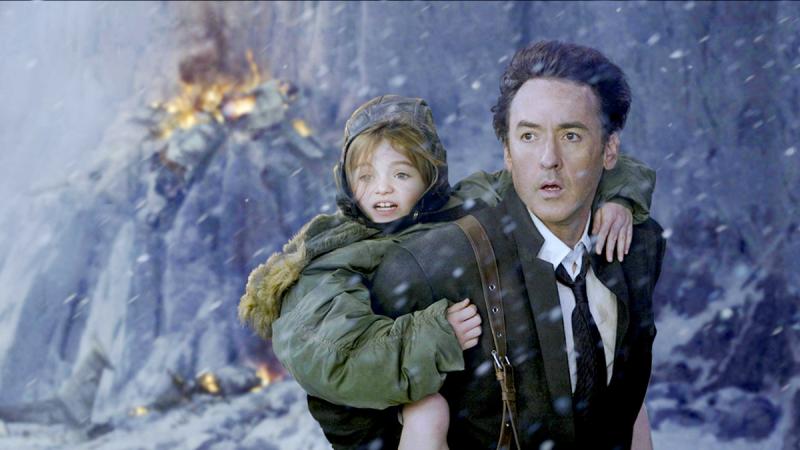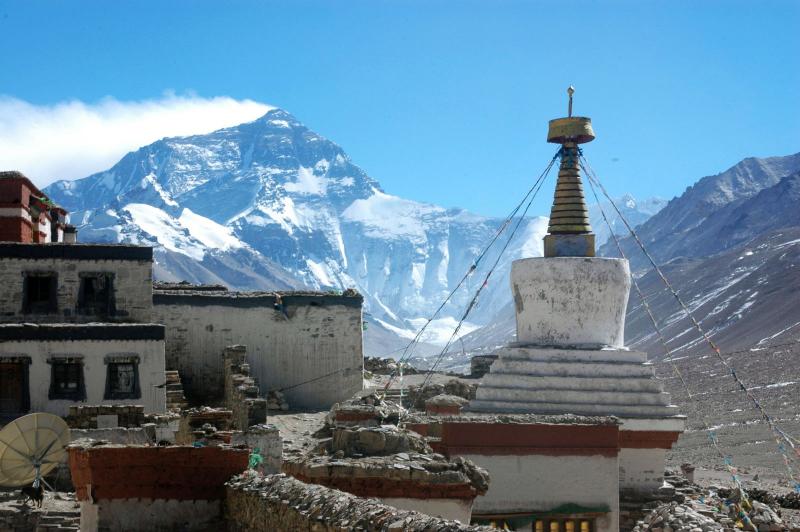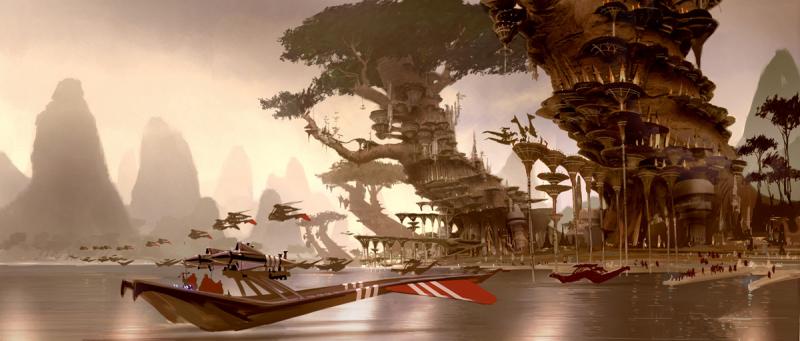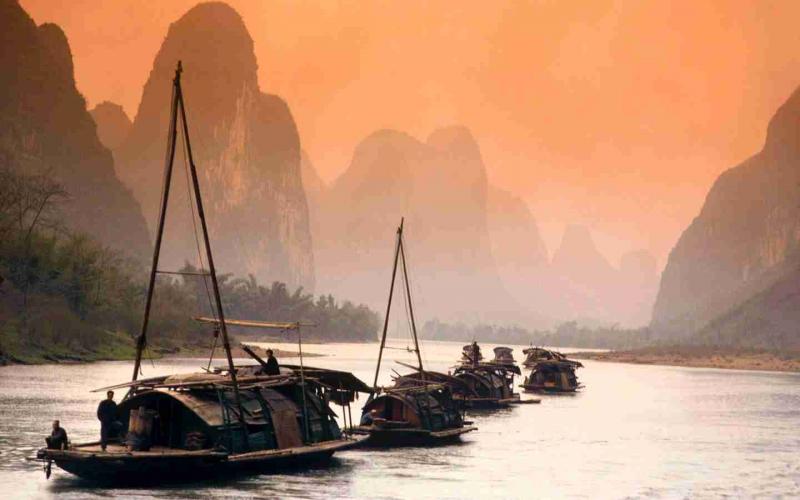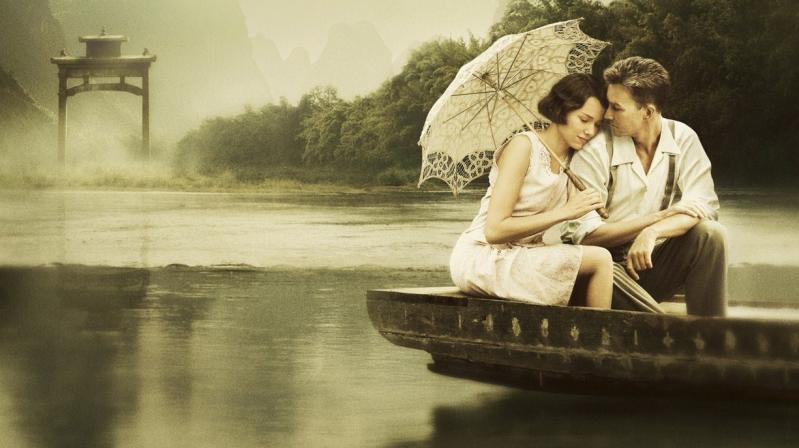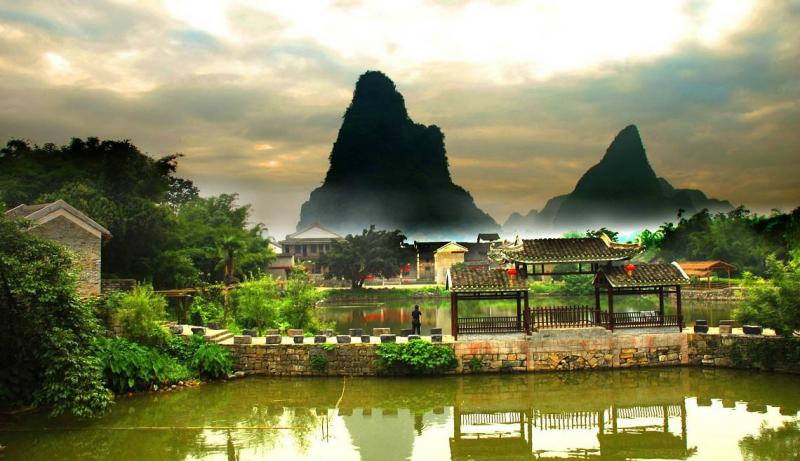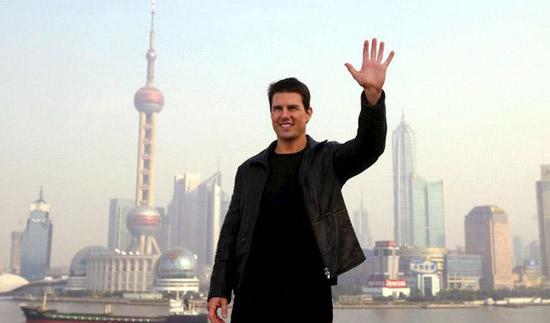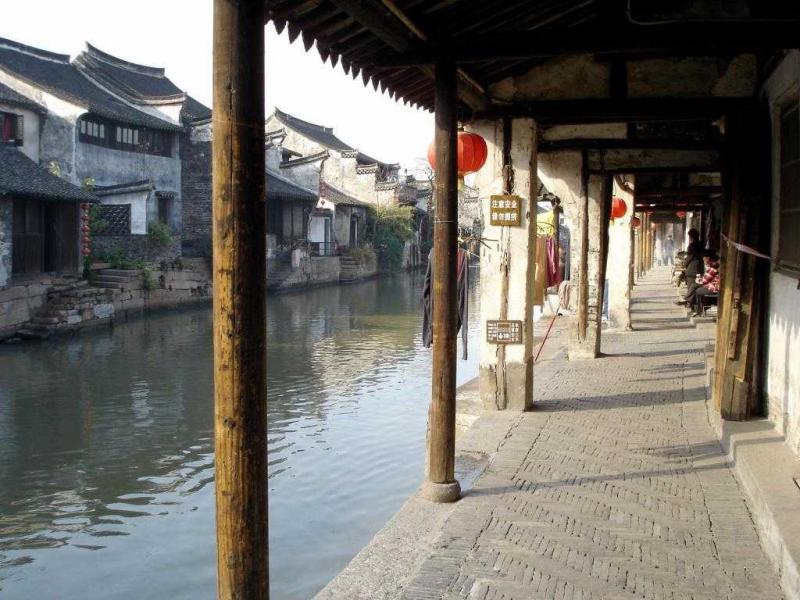With the sheer number of charming destinations in China, the dozens of ancient ethnic villages hidden in wild Guizhou of West China never get much attention. Basha Miao Village is one of them, and offers a unique opportunity to discover, explore Miao Culture and interact with Miao people, one of world’s oldest and most mysterious nations.
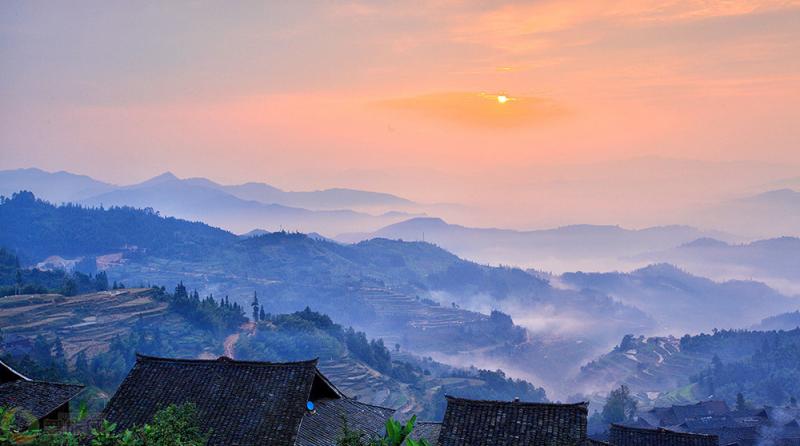
It’s hard to think of an isolated life in Basha, 5km from Congjiang Country, as even now the village is virtually untouched by modernization. For over 2000 years, Basha residents have been living in their traditional dwellings of wooden houses, practicing centuries-old customs and keeping their own unique beliefs.
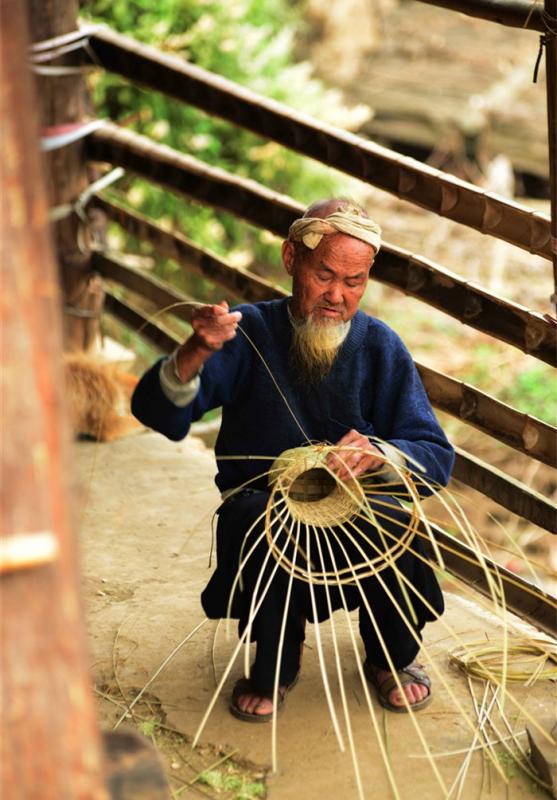
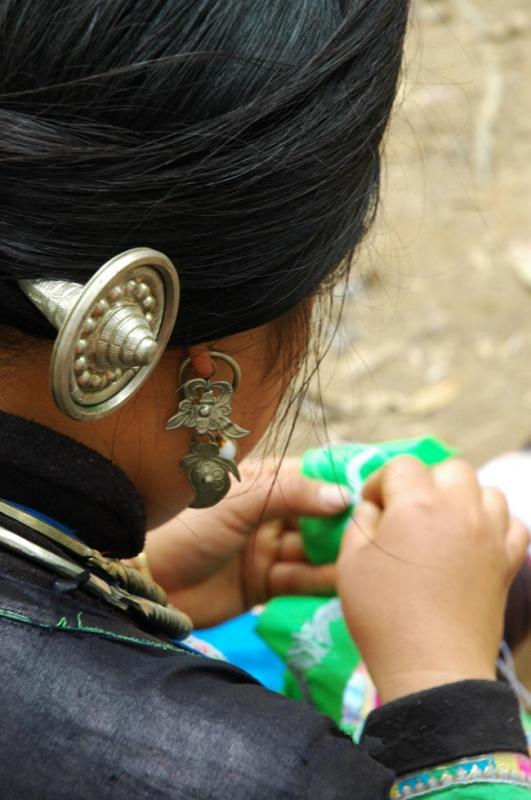
Embraced by lush primitive forests, with a quiet, serene surrounding, Basha consists of four sub-villages, with a total population of about 2000. Today, most of Basha Miao people live by farming and planting fruit trees. They still keep their own society system, with which, the chiefs and elders are in charge of village affairs.
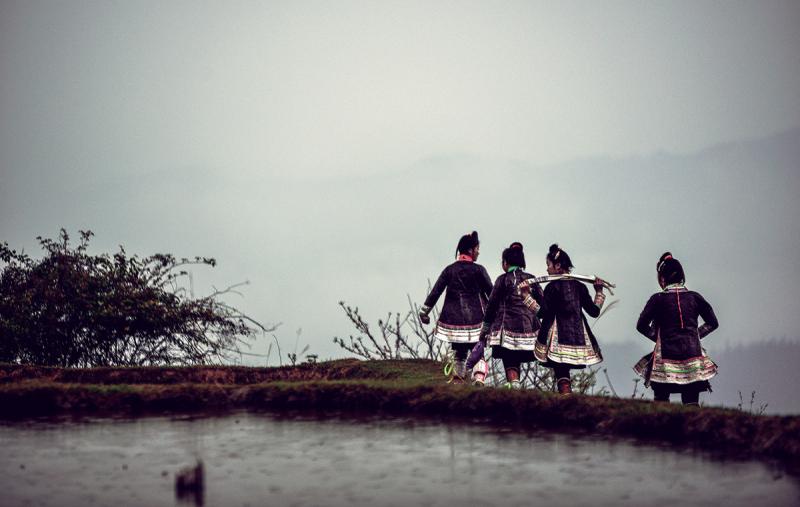
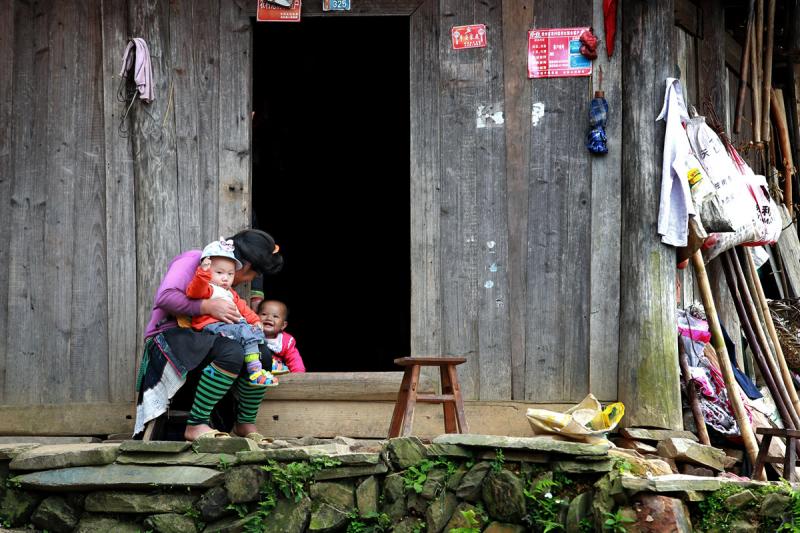
Miao’s old customs and traditions
Diaojiaolou dwelling
All the residences in Basha Village were built in line with the landform of mountain, including a number of Diaojiaolou (wood columns supporting building), which is beautiful and comfortable.
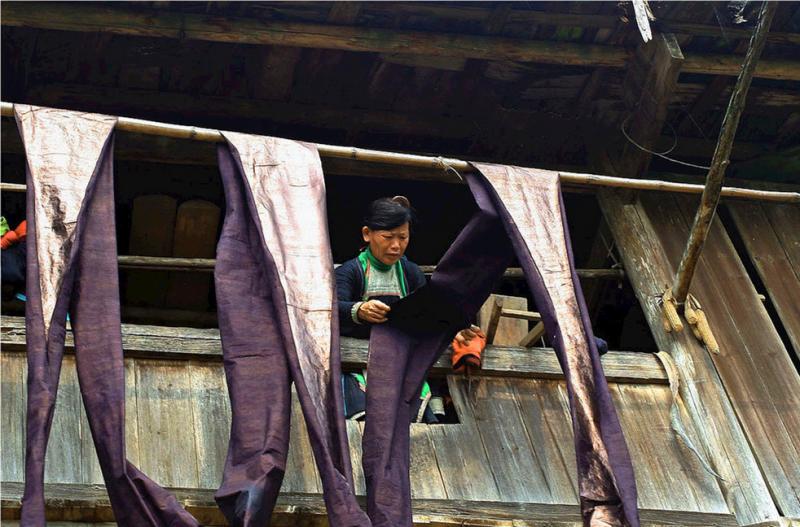
The gunman tribe
All men in Basha Miao Village carry long rifles, but only for hunting and practicing a traditional manner in the grand ceremonies or to welcome the distinguished guests.
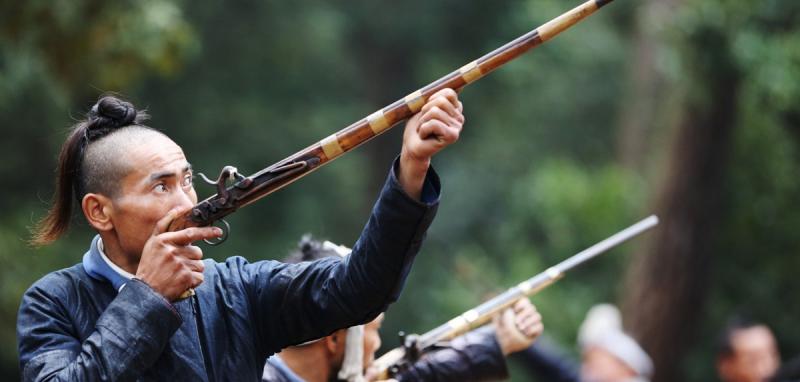
Worshipping Trees
Basha Miao people believe that human beings are children of nature and trees, and the old trees are the ancient ancestors. Therefore, around the village are numerous ancient towering trees. Basha people also plant a tree on the birth of a baby. The tree won’t be cut down until that person dies, and it will be made into a coffin for him/her.
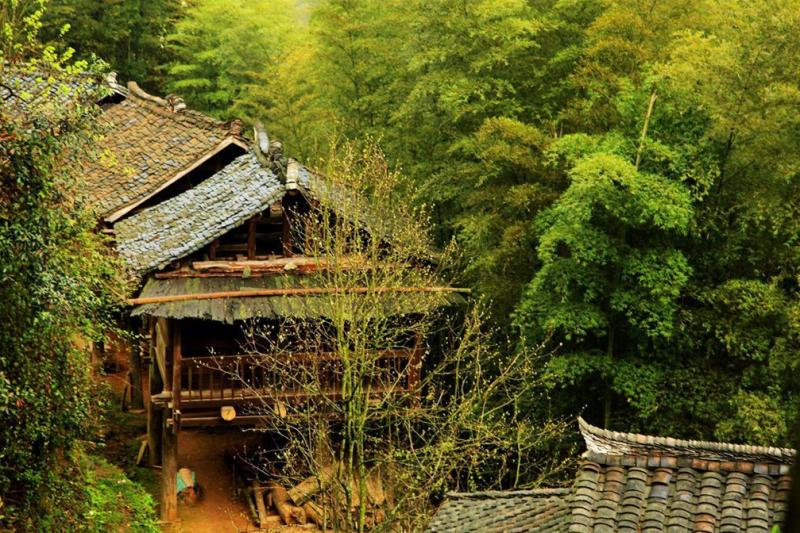
Baha man’s unique hairstyle
Here, men attach great importance to their hairstyle – a unique hair bun, with a lock of long hair in braids in the middle of head, and all the other hair being shaved off. Legend has that this is the oldest hairstyle for men in China and has existed for thousands of years.
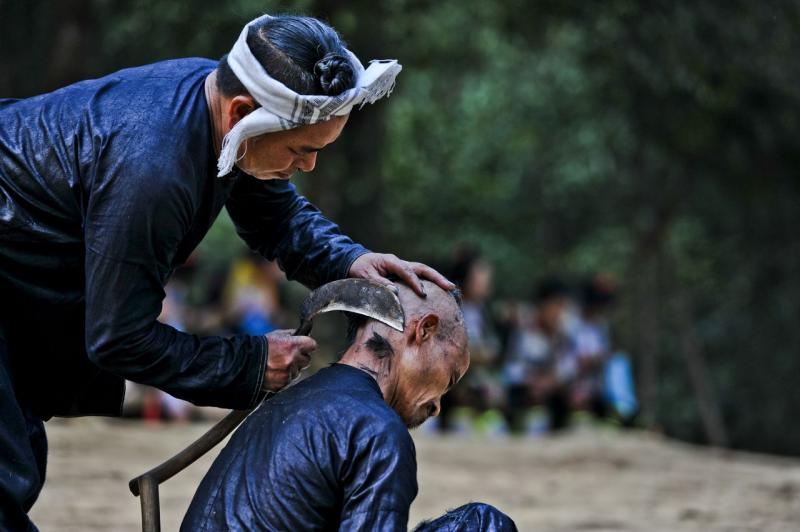
Qing Dynasty dress style
Men and women of Basha also keep their traditional dress style, which dates back to the Qin Dynasty (1644-1911), thus they are known as the living fossils of Qing Culture. Basha men usually wear turbans and short loose trousers, with a long knife on the waist and without shoes, even in the cold winter. Women's clothing is colorful and dazzling. They wear silver necklaces, bracelets, and embroidered attires and skirts.
